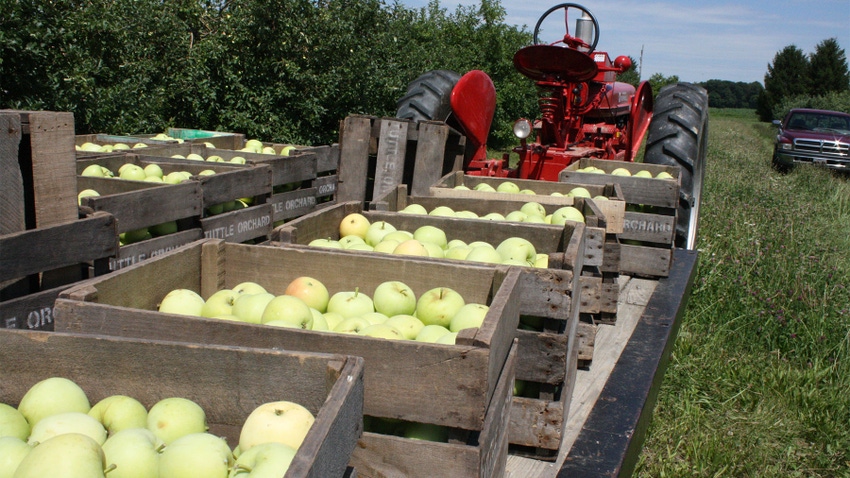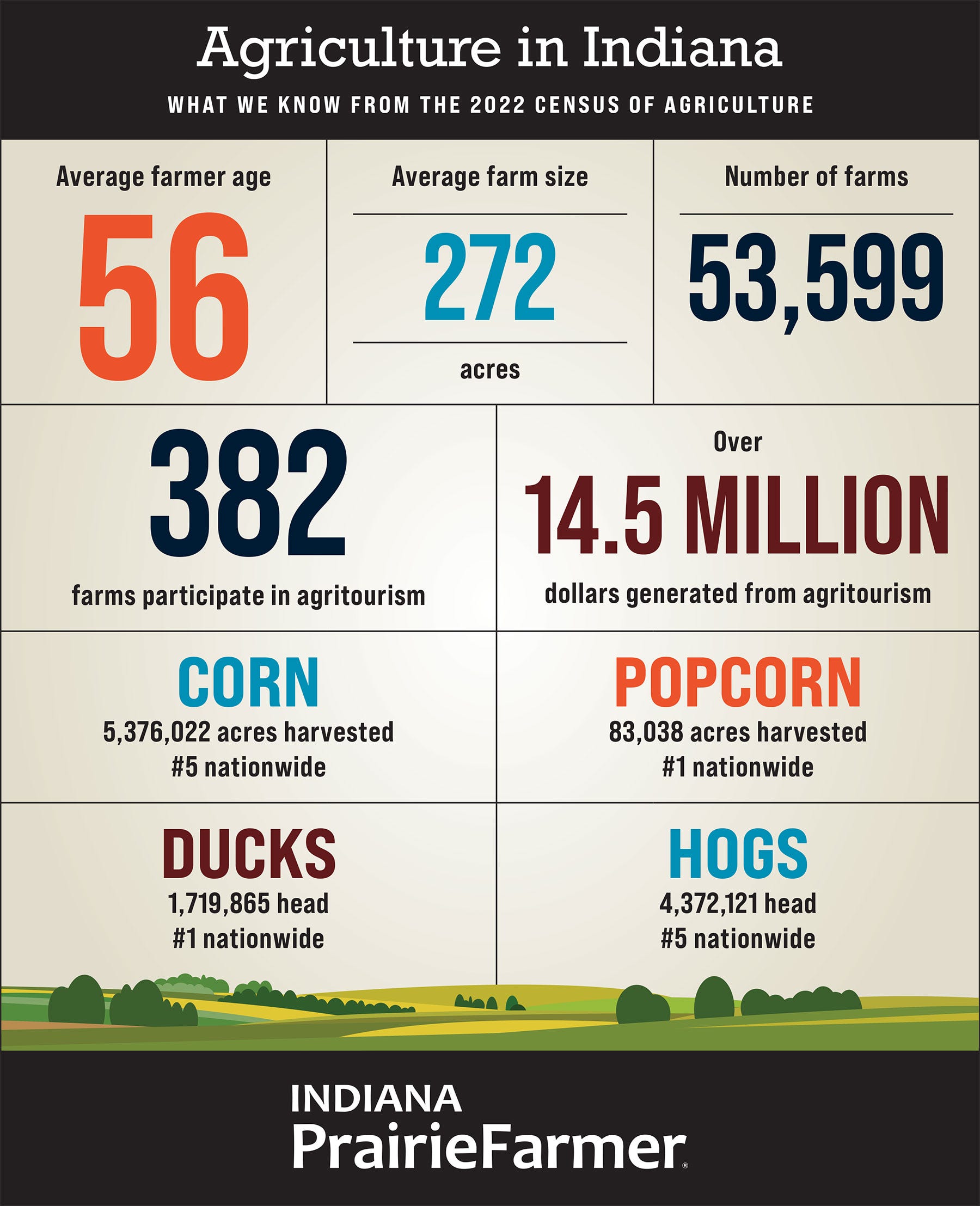March 28, 2024

The 2022 Census of Agriculture, unveiled by USDA’s National Agricultural Statistics Service in February, revealed a sharp increase in agritourism dollars in Indiana. Here’s the twist: The number of agritourism destinations in the state decreased from 393 to 382 farms.
While a variety of factors play into this increase in dollars generated through agritourism despite fewer venues, a key reason could be the move to offer culinary experiences at these destinations.
Changing demands
Ruth Ann Roney of Tuttle Orchards in Greenfield, Ind., says their farm has featured agritourism activities since the 1950s. She has observed changing demands through the years, but she says the most recent demand revolves around enjoying foods on the farm where they are grown.
“The current generation is much more like, ‘We want to pick some apples for the experience, and then we also want to experience apple products while we’re at the farm,’” Roney explains.
She says this is different from the demands of generations past, which would visit the farm to purchase apples by the bushel or, later, to enjoy the experience of picking the apples. This change means agritourism destination operators like Roney must wear a variety of hats.
“You have to think about the business in several different ways at the same time,” she says.

Dollars generated by agritourism in Indiana have doubled since the last census five years ago. Indiana is also first in the nation for popcorn and duck production.
While it can be a challenge to meet the variety of demands, Roney explains that she is in a unique position to open her farm to people who ultimately want to know more about where their food comes from.
“I just think people are curious to learn about both where their food comes from but also just how agriculture works in general,” Roney adds. “They’re also just looking to experience it.”
Learning through experiences
Dana Dull of Dull’s Tree Farm in Thorntown, Ind., understands that hosting guests on their farm is all about connecting those visitors to the farm through experiences.
“For us, it’s always been about getting them back to their roots,” Dull explains. “There’s a lot of people who are now disconnected, so one of our big things is education on the farm and making sure kids understand where their food is coming from.”
Providing hands-on experiences appears to be another driving force behind agritourism success in the state. Classes tailored to different skills and areas of agriculture have proven to be an attraction for many operations.
“This time of year, we’re doing gardening classes, and we’re doing classes for kids in the greenhouse because we grow a lot of flowers and vegetable plants,” Roney says. “We’re doing fruit tree pruning classes, and last year we did some flower arranging classes.”
Ultimately, Dull explains that their mission is to cultivate memories for their farm visitors. “When you do take time to stand there and see families having fun together, that’s our mission,” she says.
Providing a variety of experiences can ensure guests keep creating memories, which can also drive agritourism success.
“I think there’s a difference between learning about it intellectually and being out in the rural area and experiencing the environment of the farm and the natural beauty that comes with it,” Roney says.
About the Author(s)
You May Also Like






